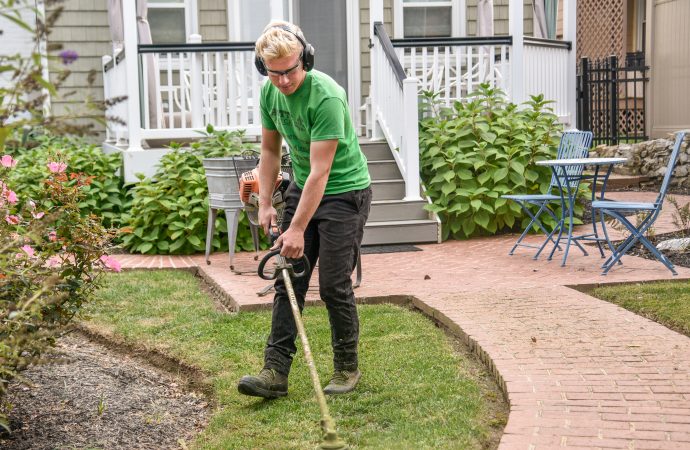Subtitle: Greenery Within Reach for Urban Dwellers by [Your Name] [Date] [City], [Country] – In an era marked by concrete jungles and limited outdoor spaces, urban dwellers are finding solace and reconnecting with nature through the growing trend of indoor gardening. Transforming their homes into lush oases, these green-thumbed enthusiasts are unlocking the serenity and
Subtitle: Greenery Within Reach for Urban Dwellers
by [Your Name] [Date]
[City], [Country] – In an era marked by concrete jungles and limited outdoor spaces, urban dwellers are finding solace and reconnecting with nature through the growing trend of indoor gardening. Transforming their homes into lush oases, these green-thumbed enthusiasts are unlocking the serenity and therapeutic benefits of cultivating plants indoors. With a touch of creativity and a willingness to get their hands dirty, individuals are bringing life and vibrancy to their living spaces like never before.
Indoor gardening is a versatile pursuit, catering to a wide range of preferences, from small-scale herb gardens on kitchen windowsills to elaborate arrangements that span entire rooms. This horticultural revolution has blossomed due to advancements in plant cultivation techniques, lighting technology, and an increasing awareness of the positive impact plants can have on our well-being.
One of the primary attractions of indoor gardening is its accessibility. Unlike traditional outdoor gardens, indoor gardens offer year-round cultivation possibilities, irrespective of climate or seasonal limitations. This accessibility empowers city dwellers to reconnect with nature on their own terms, regardless of their living situation or available outdoor space.
Creating an indoor garden requires thoughtful planning and consideration of factors such as lighting, temperature, and humidity. Gardeners must carefully select plant varieties that thrive in indoor environments, taking into account factors such as available sunlight and the amount of care and attention required. Fortunately, a wide array of plants, ranging from low-maintenance succulents to vibrant flowering species, are well-suited to indoor settings.
In addition to the aesthetic appeal of lush greenery, indoor gardening offers numerous mental and physical health benefits. Studies have shown that interacting with plants can reduce stress, improve mood, and boost overall well-being. The act of nurturing and caring for plants can be a meditative practice, allowing individuals to find peace and tranquility amidst the chaos of daily life.
The indoor gardening community is a vibrant one, with passionate enthusiasts coming together to share knowledge, tips, and inspiration. Online forums, social media groups, and local gardening clubs provide platforms for individuals to exchange ideas and support each other’s horticultural endeavors. With this growing sense of community, indoor gardening has become more than just a hobby; it has evolved into a lifestyle that fosters connection and a deeper appreciation for the natural world.
As the world continues to grapple with environmental challenges and the need for sustainable living, indoor gardening offers a glimmer of hope. By embracing nature within the confines of their own homes, individuals can play a small but significant role in promoting biodiversity and cultivating a greener future. The rise of urban gardening serves as a gentle reminder that even the smallest gestures can contribute to a larger cause.
In conclusion, indoor gardening is a burgeoning movement that has captivated urban dwellers seeking solace, beauty, and connection. By turning their homes into secret gardens, these enthusiasts are unlocking the serenity and joy of cultivating plants indoors. As the benefits of this green revolution continue to unfold, it is clear that indoor gardening has the power to transform not just living spaces, but also our relationship with nature and the world around us.
Note: Remember to conduct additional research, interview indoor gardening enthusiasts, and include relevant statistics and expert quotes to add depth and credibility to the article.

















Leave a Comment
Your email address will not be published. Required fields are marked with *